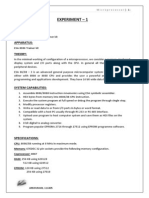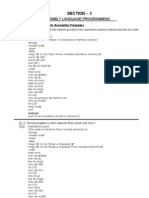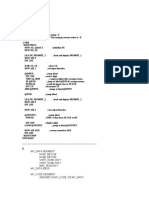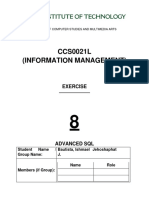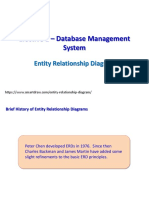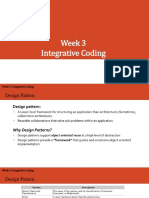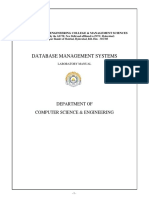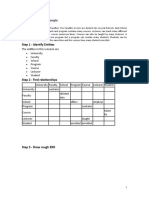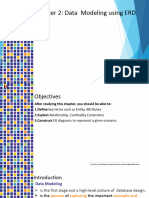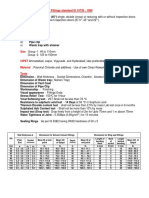0% found this document useful (0 votes)
233 views5 pagesWeek 4 - Modeling Data in An Organization
This document provides instructions for students to model data in an organization using an entity-relationship diagram (ERD). It describes the objectives, background information on ERDs and logical data modeling. It then provides details on a sample real estate firm to model, including the different entities (e.g. sales offices, employees, properties), their attributes, and relationships. Students are tasked with analyzing the business rules, filling out a relationship matrix, and creating a fully attributed ERD with keys for the real estate firm.
Uploaded by
Ivan GavinoCopyright
© © All Rights Reserved
We take content rights seriously. If you suspect this is your content, claim it here.
Available Formats
Download as DOCX, PDF, TXT or read online on Scribd
0% found this document useful (0 votes)
233 views5 pagesWeek 4 - Modeling Data in An Organization
This document provides instructions for students to model data in an organization using an entity-relationship diagram (ERD). It describes the objectives, background information on ERDs and logical data modeling. It then provides details on a sample real estate firm to model, including the different entities (e.g. sales offices, employees, properties), their attributes, and relationships. Students are tasked with analyzing the business rules, filling out a relationship matrix, and creating a fully attributed ERD with keys for the real estate firm.
Uploaded by
Ivan GavinoCopyright
© © All Rights Reserved
We take content rights seriously. If you suspect this is your content, claim it here.
Available Formats
Download as DOCX, PDF, TXT or read online on Scribd
/ 5








